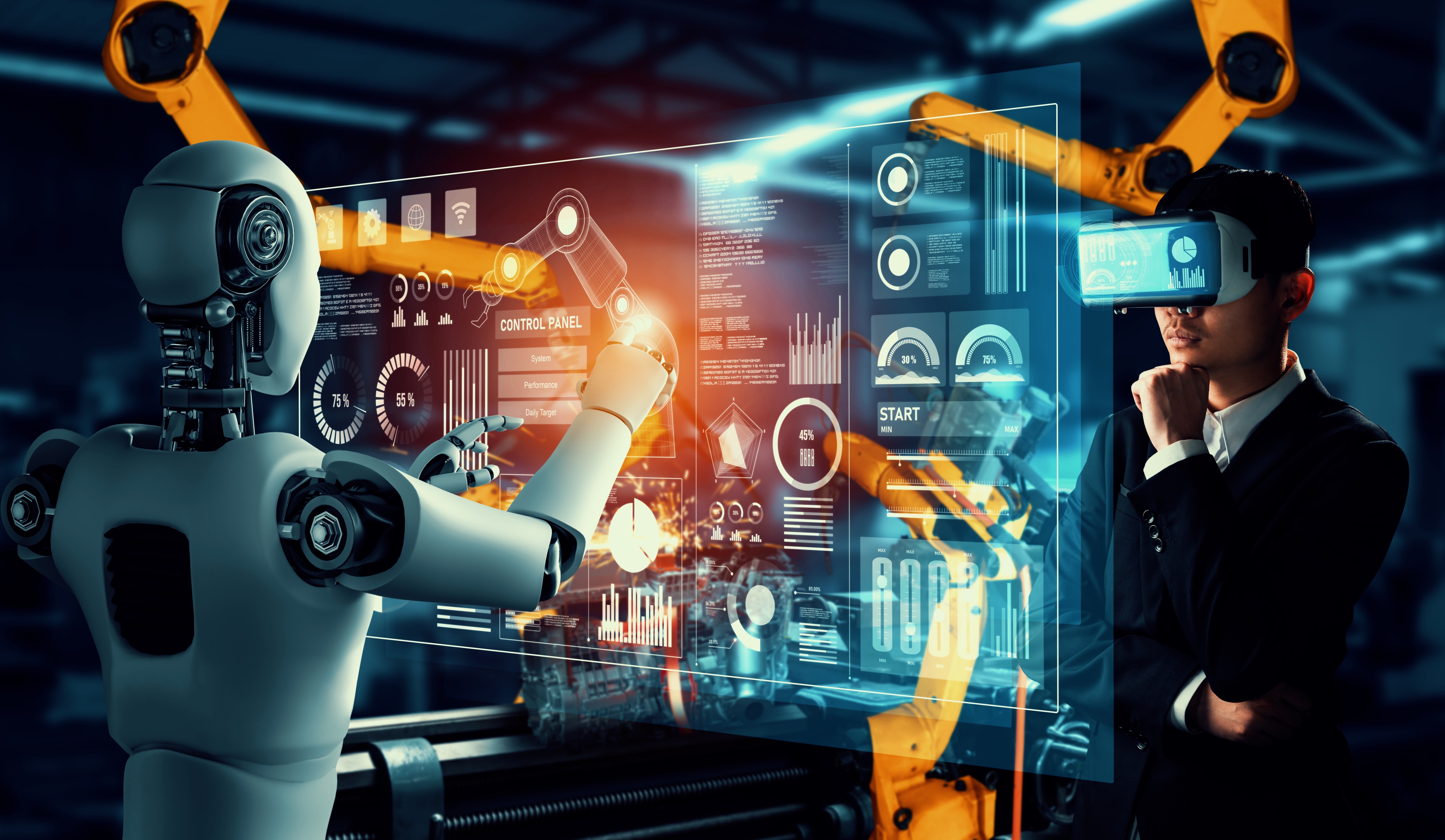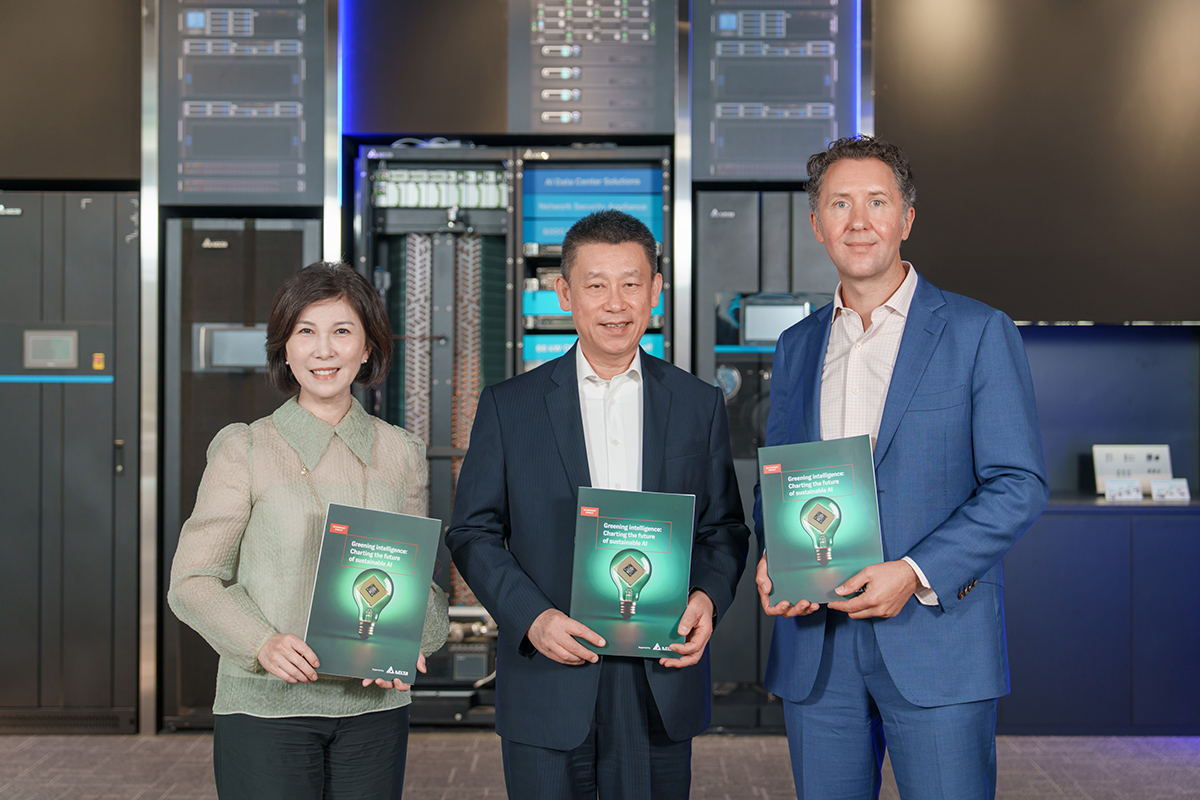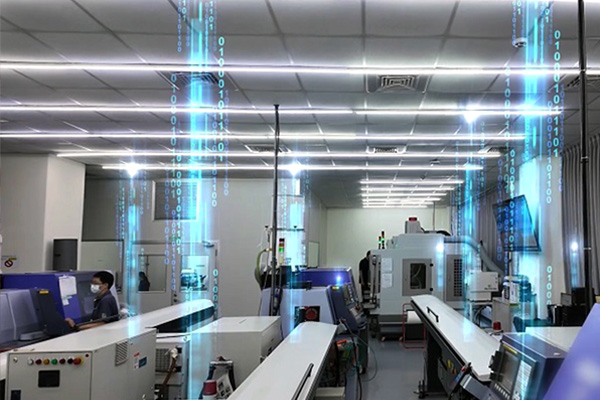In recent years, humanoid robots have evolved from science fiction concepts into rapidly emerging real-world technologies. Startups are showcasing their innovations across social media platforms and major industry exhibitions, vying for attention and technological dominance. Meanwhile, leading players in the automotive, electronics, and tech sectors are making bold cross-industry moves, ramping up investments and strategic deployments.
A major milestone came in March 2025 at the GTC conference with the launch of Isaac GR00T N1, the world’s first open-source foundational model for humanoid robots. This marked a new wave of industry momentum, driven by the convergence of AI and robotics. With the humanoid form as a platform, AI is rapidly transitioning into practical applications, gradually realizing the vision of performing diverse, real-world tasks.

Global race accelerates: from concept to mass production
According to projections by Goldman Sachs, the humanoid robot market is expected to grow at a compound annual growth rate (CAGR) of 53% from 2025 to 2035. By 2035, the market is forecast to reach a value of USD 3.8 billion, with an estimated annual shipment volume of approximately 1.38 million units Note 1 .
The rise of humanoid robots as a highly contested blue ocean for industry giants and startups alike is driven by the maturation and convergence of multiple key technologies. Multimodal AI (the "brain") equips robots with the ability to comprehend instructions and perceive their environment, enabling them to execute complex, multi-step tasks such as folding clothes and sorting objects. Motion control technologies (the "cerebellum") enhance the stability and efficiency of multi-joint robotic systems through simulation and reinforcement learning.
Meanwhile, advancements in critical hardware components (the "body"), such as high-torque actuators, speed reducers, and LiDAR sensors, combined with modular design and a robust supply chain ecosystem, have significantly lowered the barriers and costs of mass production.
Looking ahead, the competition will shift from “who can build a robot” to “who can deploy robots in specific scenarios at scale.” Under this trend, the ability to deliver modular architecture, hardware-software integration, and open platform scalability will be the decisive factors for companies aiming to lead in the humanoid robotics race.
Paradigm shift: from precision to agility
The appeal of humanoid robots lies not only in their human-like appearance, but more importantly in their dexterous motion capabilities. While artificial intelligence plays a critical role as the “brain,” the “body”, which enables stable locomotion, coordinated manipulation, and the execution of complex tasks, is equally indispensable. Achieving human-level agility depends on high-performance actuation systems, joint modules, and advanced motion control technologies. Notably, these hardware components account for over 70% of the total cost of a humanoid robot Note2 , making this domain a prominent and highly competitive frontier in the industry.
Although humanoid robots are promoted for their “generality,” industry players are actively exploring priority application scenarios. Research institutions believe that manufacturing sectors characterized by a widening and more structurally entrenched labor shortage will be prioritized for implementation. Note3 . Application use cases include fundamental functions such as picking, placing, and transportation, extending to tasks like quality inspection and assembly. These high-frequency, flexible, and non-continuous operations are poised to replace 4D tasks—Difficult, Dangerous, Dull, and Dirty—thereby reducing low-value human labor demand while increasing automation coverage.
Looking ahead, advancements in AI chips, vision sensing, and real-time decision-making technologies will enable humanoid robots to more effectively address diverse requirements, driving smarter and more flexible manufacturing. While service robots have traditionally been limited to retail, healthcare, and other niche sectors, the progress of AI technologies is expected to broaden the deployment of general-purpose humanoid robots across factories, shopping centers, offices, and homes, significantly expanding market potential Note4 . This evolution will transform the design philosophy of robots—from developing precision automation solutions tailored for specific tasks to a comprehensive design approach focused on flexible multi-tasking capabilities.
Note1:Goldman Sachs:Global Automation: Humanoid Robots III,The supply chain dynamism
Note2:Morgan Stanley:The Humanoid 100: Mapping the Humanoid Robot Value Chain
Note3:Citigroup:The Rise of AI Robots : Physical AI is Coming for You
Note 4: DIGITIMES: Humanoid Robots in Manufacturing — Advancing Upgrades in Safety, Functionality, and Operation















